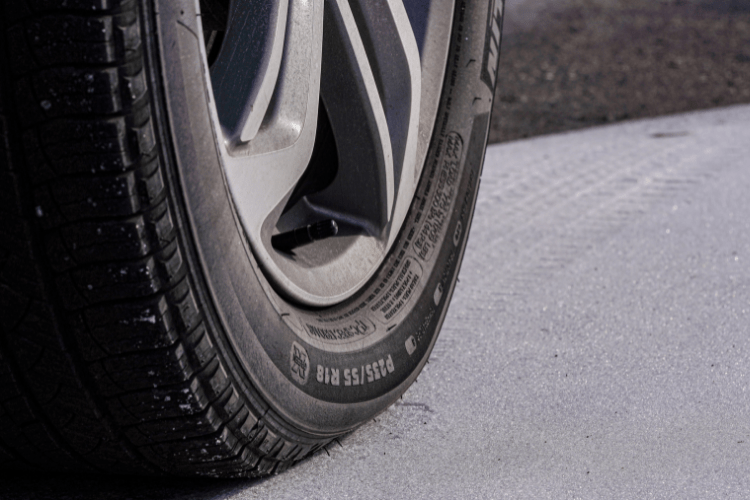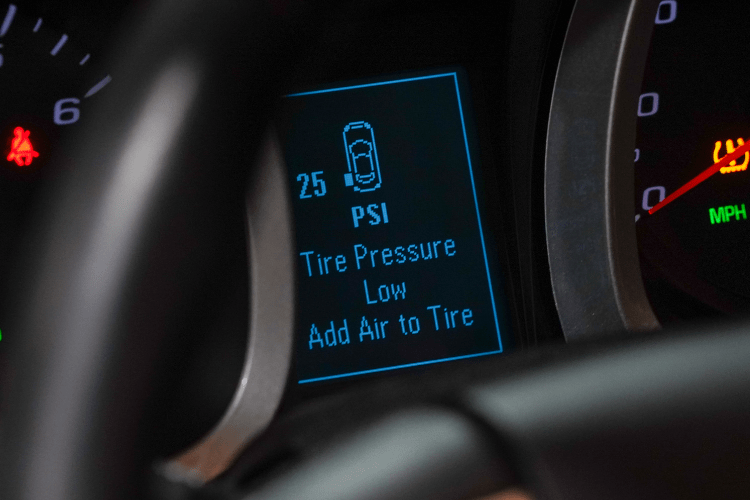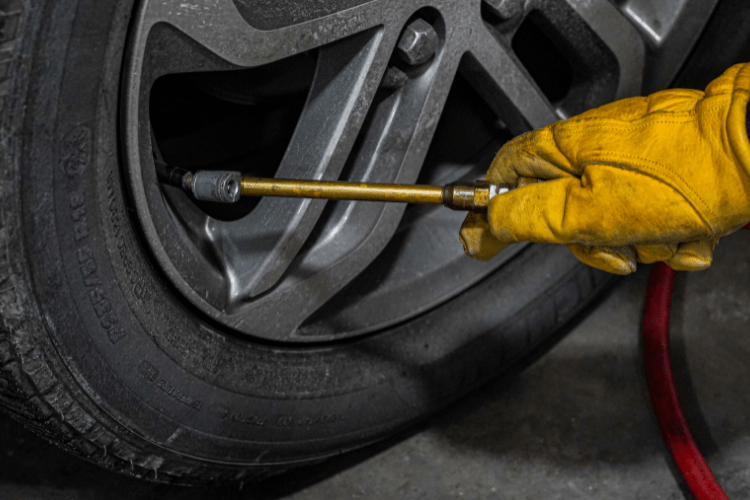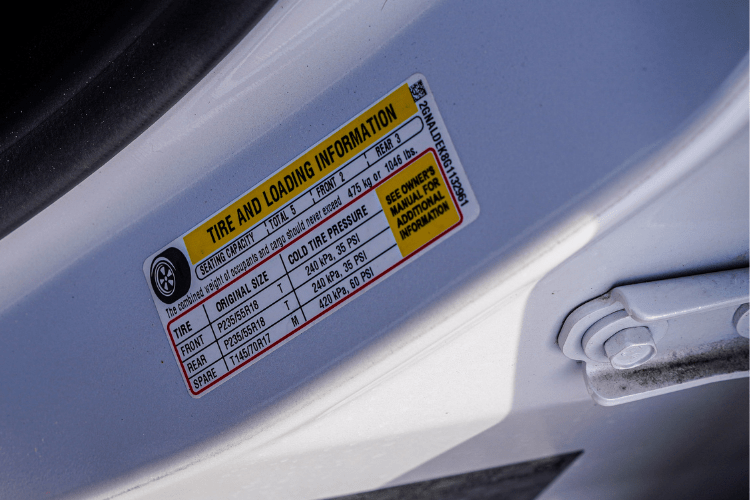Why Do Tires Lose Air Pressure in the Cold?

Another winter morning. Another “low tire pressure” warning illuminated on the dashboard.
You circle the car to see no signs of nails or holes in any tires. Then you start to wonder if the tire pressure monitoring system (TPMS) indicator is legitimate or if it’s a product of the freezing cold temperatures outside.

It’s a predicament car owners in cold climates face every year, and it begs the question, “Why do tires lose air in cold weather?”
Ultimately, the answer lies with air density. Cooler air is more dense than warmer air, so tires lose one to two pounds of pressure (1-2 psi) for every 10-degree drop in temperature.
A lot of people tend to ignore that indicator light in the winter, especially on bone-chillingly cold days. They think if there are no punctures, it’s okay to drive on underinflated tires. You might have even found yourself in a situation when the TPMS monitor went away after driving a few miles, believing the problem was resolved.
Driving with low tire pressure, regardless of whether there are holes present or not, is problematic for the following reasons:
- Poor fuel economy
- Accelerates tire wear and tear
- Less traction on ice
- More turbulence while driving, especially over bumpy roads

Therefore, if you are under the impression that your tires only need a little warming up, think again before you leave the driveway. Those minor issues can turn into big, expensive fixes down the road. There’s no need to set yourself up for failure like that when you incorporate a new best practice in your winter driving routine.
Whenever your TPMS indicator illuminates, it is always in your best interest to check each tire and fill it to the manufacturer-recommended PSI. Generally, models require 32-35 PSI, but you can find the exact figure listed on a sticker inside the driver’s door panel.

Don’t allow underinflation to be the cause of major headaches. Set an expectation with yourself to keep a hat, gloves, tire gauge, and portable air compressor at the ready during the coldest months of the year.






